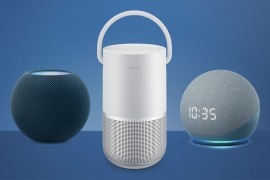After a week with the Google Pixel 10, I’d choose this over the Pro model every time
The Google Pixel 10 might just give the Pro models a run for their money – find out why in Stuff's full review

Stuff Verdict
The Pixel 10 delivers nearly all the flagship experience of the Pro model, with a refined design, a bright 6.3in display, strong performance, and versatile cameras, all at a more accessible price.
Pros
- Refined, premium design with solid build quality
- Bright, sharp 6.3in Actua OLED display with 120Hz refresh
- Versatile camera system with telephoto, ultrawide, and AI features
Cons
- Base 128GB storage feels tight in 2025
- Wireless charging isn’t as fast as the Pro models
I’ve been living with the Pixel 10 for the past week, putting it through its paces to see how much of Google’s Pro-level magic has trickled down to the standard model. The short answer? Quite a lot. In fact, on paper, the Pixel 10 offers a very similar experience to the pricier Pro handsets, which could make it the best phone to buy if you don’t want to stretch your budget.
This year’s design tweaks hope to make Google’s flagship more refined, with slimmer bezels, a polished glass back and a satin-finish frame, while durability has taken a leap forward too. The 6.3in Actua display is sharper and far brighter than before, now hitting 3000 nits, so outdoor visibility shouldn’t be a problem.
Under the hood, the new Tensor G5 chip promises both smoother day-to-day performance and a wave of AI-powered tricks like Magic Cue and deeper Gemini integration.
The camera system also claims to be much improved, adding a new 5x telephoto to the wide and ultrawide lenses for crisp 20x zooms and sharper low-light shots. Perhaps the biggest news is faster wired and Qi2 wireless charging.
Okay, on the face of it, they don’t look like massive updates, but could the Google Pixel 10 add up to more than the sum of its parts? Read on to find out…
How we test smartphones
Every phone reviewed on Stuff is used as our main device throughout the testing process. We use industry-standard benchmarks and tests, as well as our own years of experience, to judge general performance, battery life, display, sound and camera image quality. Manufacturers have no visibility on reviews before they appear online, and we never accept payment to feature products. Find out more about how we test and rate products.
Design & Build: Premium Pixel
When it comes to design, the Pixel 10 strikes a superb balance between elegance and practicality. Google hasn’t reinvented the wheel here; it looks very similar to the Pixel 9, but the subtle refinements make a big difference in everyday use.
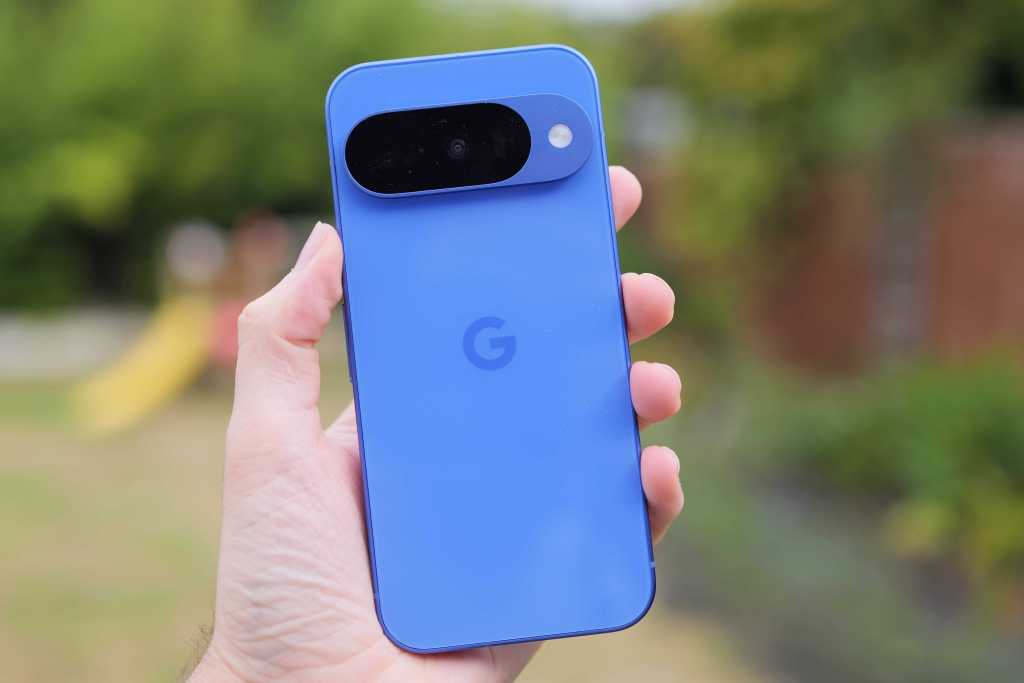
The first thing you’ll notice is the frame: satin-finished metal edges with a soft matte texture that feels great in the hand. I actually prefer it to the Pro models, which flip the formula with glossy sides and a matte back. The Pixel 10’s glossy glass rear contrasts beautifully with its matte frame, giving it a premium look that still manages to resist fingerprints better than you’d expect.
Build quality is rock solid. There are no creaks, flex or gaps anywhere; it feels carved from a single block rather than assembled from parts. The power and volume buttons deserve a mention too: they’re satisfyingly clicky, with a crisp response that makes you confident every press has registered. Combined with its slim dimensions and relatively light weight, the Pixel 10 feels easy to carry yet substantial enough to instil trust.
Around the back, the iconic camera bar remains, but it’s more refined than ever. It runs straight across the width of the phone, which not only looks neat and symmetrical but also means the phone lies flat on a desk without wobbling, something you can’t say about many multi-camera flagships. It’s an underrated detail, but one that makes the Pixel 10 a joy to use, whether you’re typing on a table or balancing it for a photo.
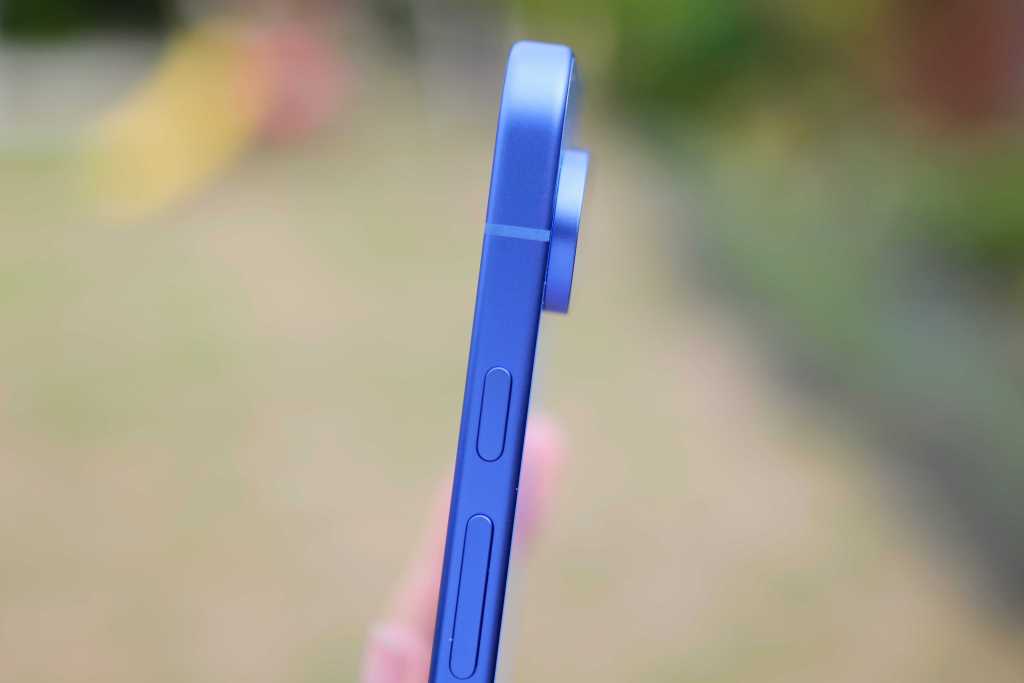
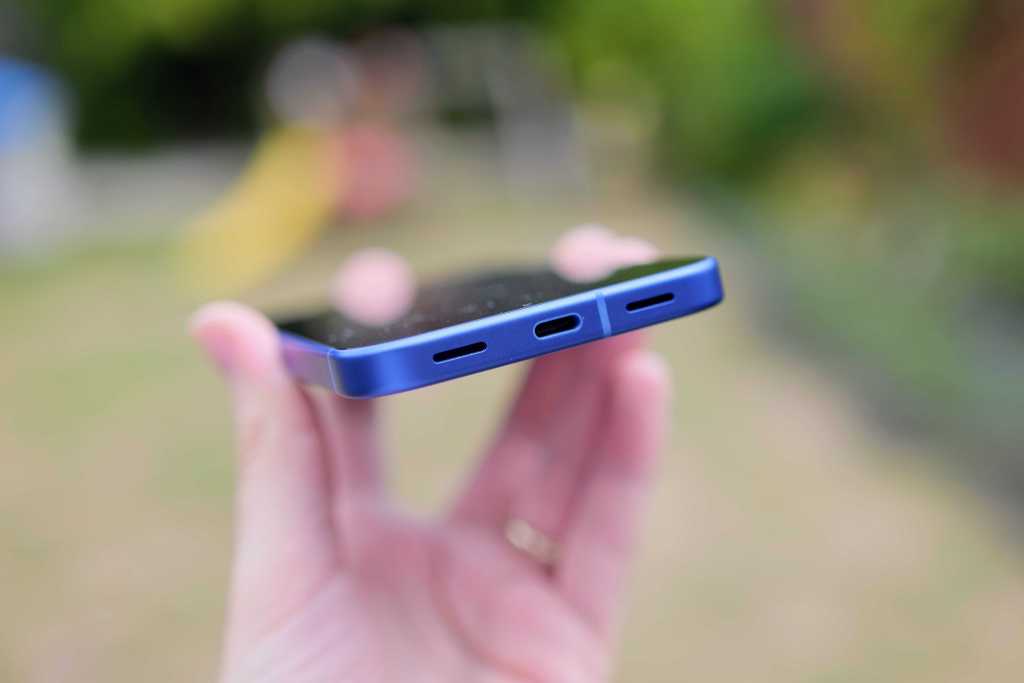
And then there’s the colour. My review unit came in a bold, vivid blue that stands out brilliantly against the endless sea of black, grey and muted tones most phones seem stuck with. Google calls it Indigo, and it’s easily one of the most striking smartphone finishes around. If bright blue isn’t your style, there are three other shades to choose from: Obsidian (the classic black), Frost (a cooler, silver-white finish), and Lemongrass (a softer, yellow-green tone). Each has its own personality, but it’s Indigo that really pops and feels different in a market dominated by safe neutrals.
Overall, the Pixel 10 nails the fundamentals of smartphone design. It looks modern, feels premium, and is built to last. The combination of matte edges, glossy glass back, symmetrical lines and thoughtful detailing adds up to a phone that’s every bit as desirable as the more expensive Pro models (maybe even more so). It’s proof that style and substance don’t have to come with a Pro price tag.
Screen and sound: brighter and louder
The Pixel 10’s display is one of its biggest strengths. Google has fitted it with a 6.3in Actua OLED panel that hits a seriously impressive 3000 nits peak brightness. That’s a big step up from the Pixel 9 and puts it on par with the best screens you’ll find on any flagship.
It’s sharp, vibrant and detailed, with a variable refresh rate that runs from 60Hz up to 120Hz, keeping everything smooth while balancing battery life. The resolution matches the Pro models, and so do the bezels; they’re slim, even and symmetrical, giving the phone a sleek, modern front that looks every bit as premium as its pricier siblings.
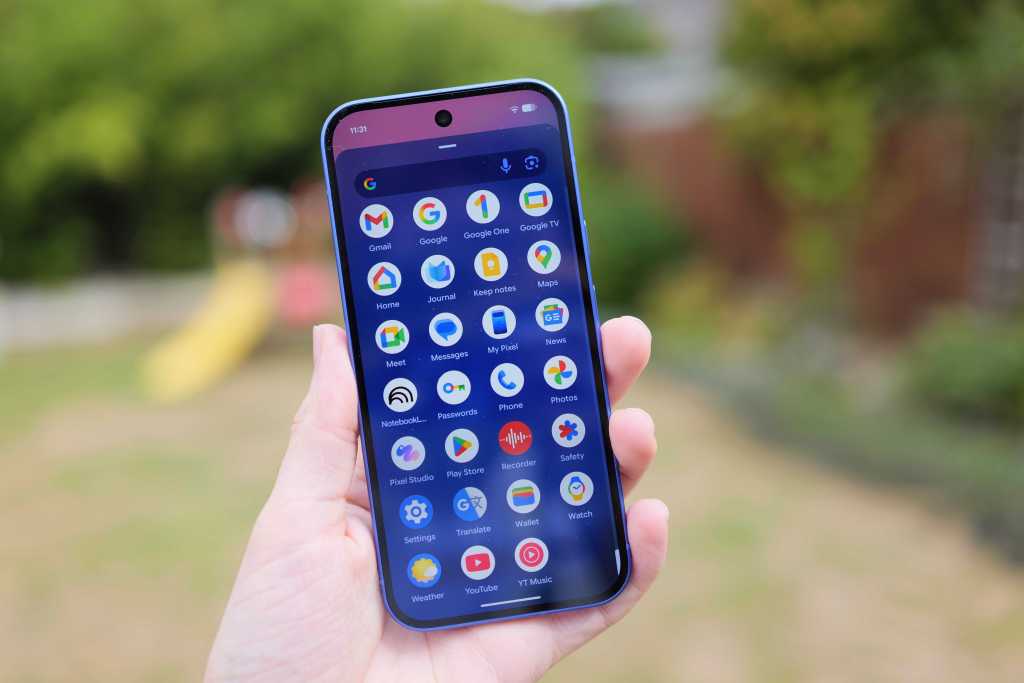
In day-to-day use, the difference is obvious. Colours are punchy without tipping into oversaturation, text is razor-sharp, and HDR content looks rich and cinematic.
Outdoors performance is especially impressive: I had no trouble reading messages or maps in direct sunlight, where lesser screens often struggle. Whether you’re streaming films, editing photos or just scrolling through social feeds, it feels like the Pixel 10’s display consistently delivers.
Audio has also had some attention. Instead of a single bottom-firing speaker, the Pixel 10 now has a pair, which makes for a much fuller soundstage. They’re surprisingly loud and balanced for a phone this thin.
Playing Chappell Roan’s The Subway through them, the vocals came through crisp and clear, while the backing instruments avoided that muddiness you sometimes hear on smaller speakers.
Even at maximum volume, the sound held up well without distorting, though as you’d expect, a proper Bluetooth speaker still wins on bass response.
There’s no headphone jack, so you’ll need wireless buds or USB-C headphones if you want a more private listen.
Still, for casual use, the Pixel 10’s audio setup does justice to its stunning screen, making it a solid all-rounder for media
Camera: what is real?
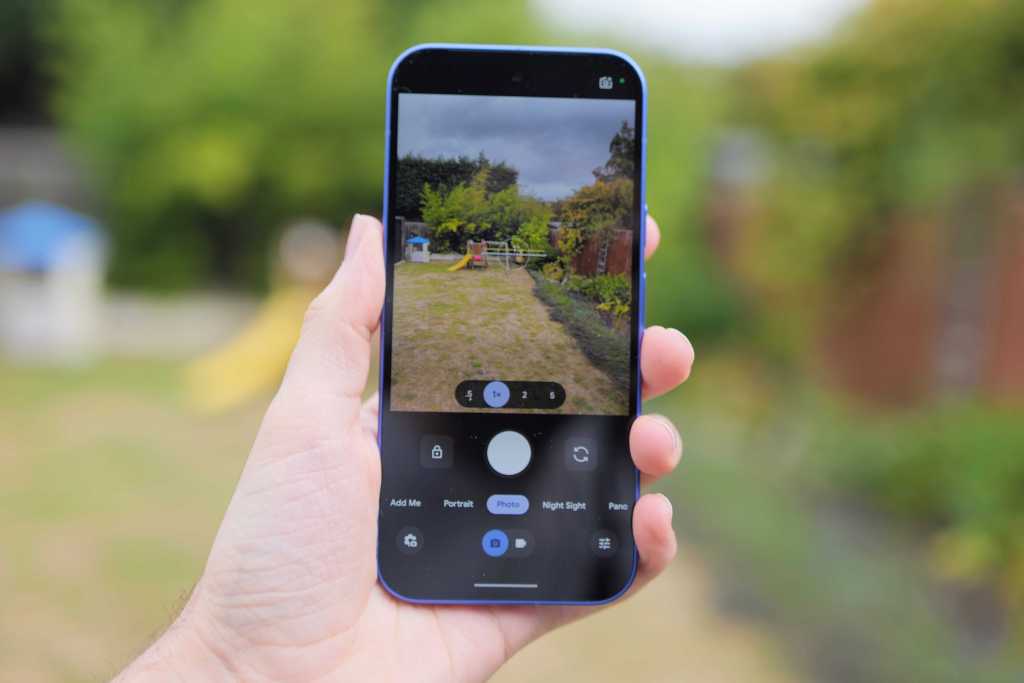
The Pixel 10 may be the “standard” model in Google’s line-up, but this year the camera system has had a serious upgrade. Where last year’s Pixel 9 stuck with a more modest dual-lens setup, the Pixel 10 finally gains both a telephoto and an ultrawide alongside its main camera, making it a much more versatile shooter.
It now feels much closer to the Pro models in everyday use, and for many people, the differences will be minor enough that this phone could easily be all the camera you need.
On the spec sheet, you’re looking at a 48MP main sensor with Pixel’s HDR+ processing, a 12MP ultrawide with a 120° field of view, and a 10.8MP telephoto lens with 5x optical zoom. Combined with Google’s Super Res Zoom, you can push that to 20x if you really need to.
Around the front, there’s a 10.5MP selfie camera with autofocus and a 95° field of view. It’s a flexible, well-rounded package that gives you the tools to handle almost any shooting situation.


In practice, performance is exactly what you’d expect from a Pixel – excellent. The sensor used for the main camera and ultra-wide are actually the same as in the Pixel 9a and smaller than those found in the Pixel 9 (so, in practice, a slight downgrade), but Google’s strength has always been its computational photography, and once again, the software magic here is undeniable.
Point-and-shoot photos from the main sensor come out crisp, bright and colourful, with excellent dynamic range. The colours are nicely saturated without looking over-processed, and low-light scenes benefit from the company’s clever Night Sight algorithms.
The telephoto lens is a welcome addition. At 5x zoom, images remain detailed, clean and perfectly usable, with only minor noise creeping in when light levels drop. Push beyond that and things quickly get softer, with processing artefacts smudging away finer detail at 10x and especially 20x. Still, having a true telephoto at this price point makes a world of difference compared to relying solely on digital zoom.
The ultrawide does a great job of matching the look of the main camera, so switching lenses doesn’t result in jarring differences in tone or contrast. Photos are sharp, colours are consistent, and the extra width is perfect for landscapes or interiors. There is some distortion towards the edges of the frame; people standing at the corners will look a little stretched, but that’s par for the course with ultrawides and hardly a deal-breaker.





It’s the macro mode that really impressed me. Using the ultrawide’s close-focus capabilities, you can get up close to flowers, textures or tiny objects and capture sharp, vibrant images with plenty of detail. It’s a fun tool that opens up creative possibilities you don’t often get on “non-Pro” models.
Selfies are handled by that 10.5MP front-facing camera, which delivers natural, accurate colours and sharp detail. There are no aggressive beauty filters smoothing out skin, which is a big plus if you prefer a more realistic look. The wide field of view also means group selfies are no problem.
On the AI side, Google continues to push clever features. Auto Best Take is one I’ve found genuinely useful, especially as a parent of a two-year-old who rarely sits still. Take one shot, and the phone captures multiple frames, then automatically suggests or blends them so everyone’s eyes are open and smiles are timed perfectly.
It definitely sparks debate; what counts as real, and what’s AI-generated? There’s a lot to unpack there, but that’s a conversation for another time…
Camera Coach is another interesting addition: it uses Gemini AI to suggest better framing or angles, guiding you step-by-step to improve your shots. It’s a neat teaching tool and a nice blend of AI with human involvement, although right now it feels a bit slow, requiring multiple taps before you can capture the final image.
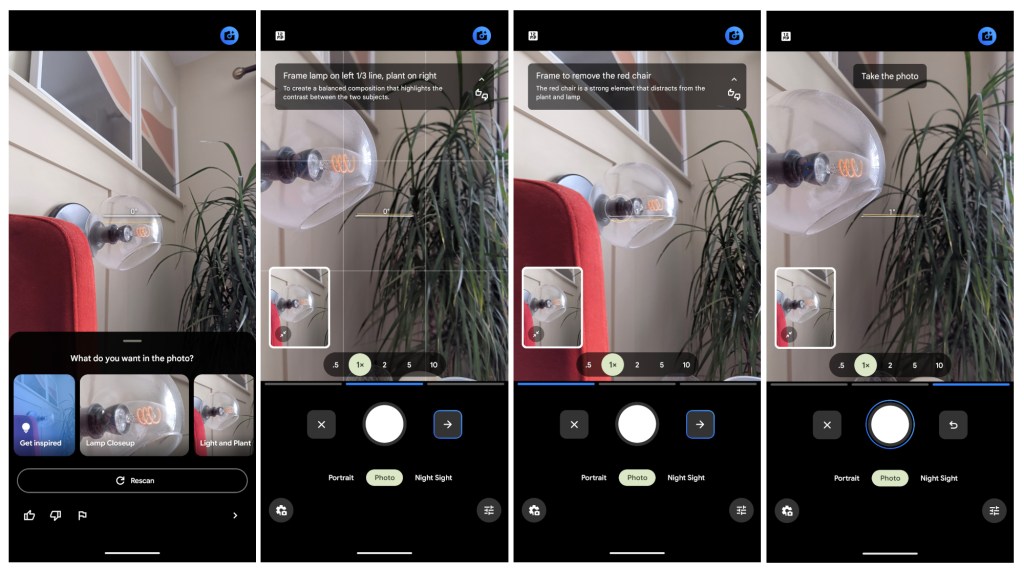
Video has seen improvements, too. The Pixel 10 records in 10-bit HDR by default, giving footage richer colours and more dynamic range. Stabilisation is excellent, keeping handheld clips smooth even when walking. Low-light video is cleaner than before, though it still can’t quite match the very best in the industry. For casual filming, though, it’s more than enough, and the results are consistently polished.
All told, the Pixel 10’s camera setup is a huge step forward for Google’s non-Pro model. With three versatile lenses, smart AI features and class-leading processing, it delivers the kind of reliable, creative performance that makes taking photos fun again. It may not outgun the Pro in every department, but it’s closer than ever, and that’s a win for anyone who doesn’t want to spend Pro money.
Software: Gemini everywhere
Google’s Pixel phones have always been about more than just hardware, and the Pixel 10 continues that tradition with some of the most thoughtful software you’ll find on any Android handset.
At its heart is Android 15, with Google’s own spin layered on top, not heavy skins or gimmicks, but smart additions that make the phone easier and more enjoyable to use.
The headline feature is Gemini, Google’s AI assistant, now deeply integrated across the system. You can chat naturally with Gemini through voice or text, share your screen or camera during conversations, and even lean on it for creative tasks like brainstorming or simplifying complex information. On the Pro models, you get a year of Google AI Pro included, but even on the standard Pixel 10, Gemini feels like a step up from the old Google Assistant.
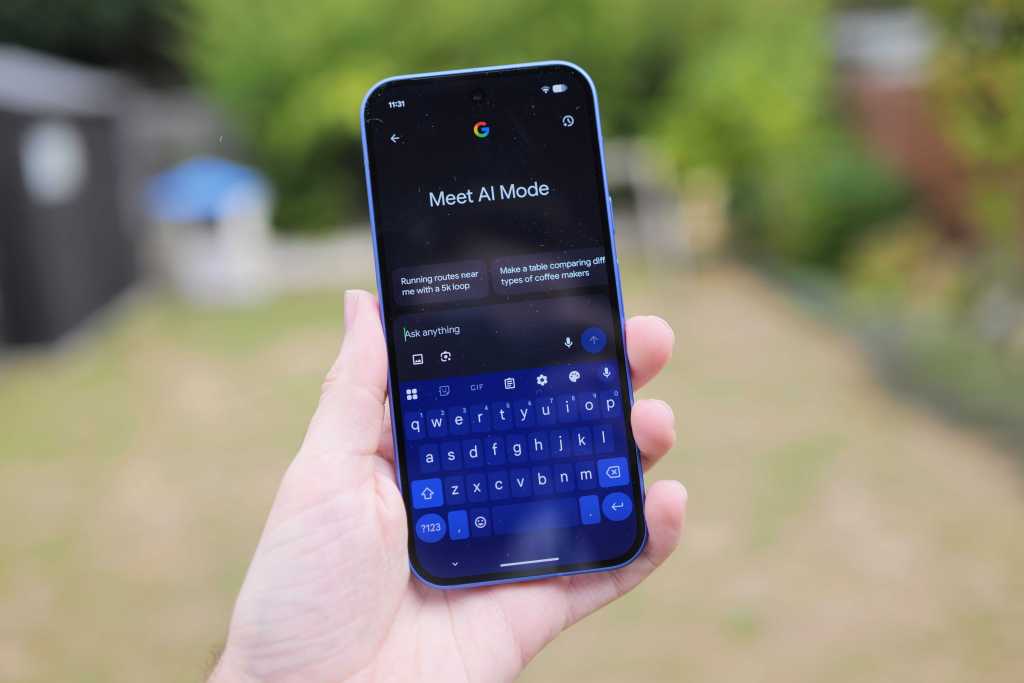
Magic Cue is another standout. It proactively surfaces information based on what you’re doing – your flight details appear when you call the airline, or a friend’s address pops up when they ask for it. It works across calls, chats, searches and even within apps, giving the impression of a phone that understands context and acts on your behalf.
Google has also overhauled the look and feel of the interface. Material You evolves into Material 3 Expressive, bringing refreshed typography, more dynamic colour schemes and live wallpaper effects that breathe life into the lock screen and always-on display. It makes the phone feel more personal without becoming cluttered.
The supporting cast of Pixel-exclusive apps has grown, too. Pixel Studio lets you create and edit images with Google’s latest generative AI model, while Pixel Journal is designed for private, on-device journaling with AI prompts and mood tracking.
Pixel Screenshots automatically organises your screenshots and can suggest adding them to NotebookLM for research. Even Recorder now goes beyond transcription, letting you turn vocal snippets into music with AI-driven backing tracks.
For everyday use, the Pixel 10 still nails the basics. Call screening, voice translation during phone calls, and real-time transcription for missed calls all remain, now smarter and faster thanks to Tensor G5. And with seven years of OS updates, Pixel Drops and security patches guaranteed, this is a phone built to stay current longer than almost any rival.
Performance & Battery Life: like a G5
Powering the Pixel 10 is Google’s brand-new Tensor G5 chip, paired with 12GB of RAM and either 128GB or 256GB of storage. On paper, it’s a healthy upgrade over the Pixel 9, and in use it feels just as fast as any other flagship phone on the market right now. Apps open instantly, multitasking is seamless, and the extra AI horsepower baked into the G5 is what unlocks features like Magic Cue and Pro-level camera processing.
While synthetic benchmarks will likely show rivals like Qualcomm’s Snapdragon 8 Gen 4 pulling ahead, in real-world use the Pixel 10 never feels anything but fluid and responsive.
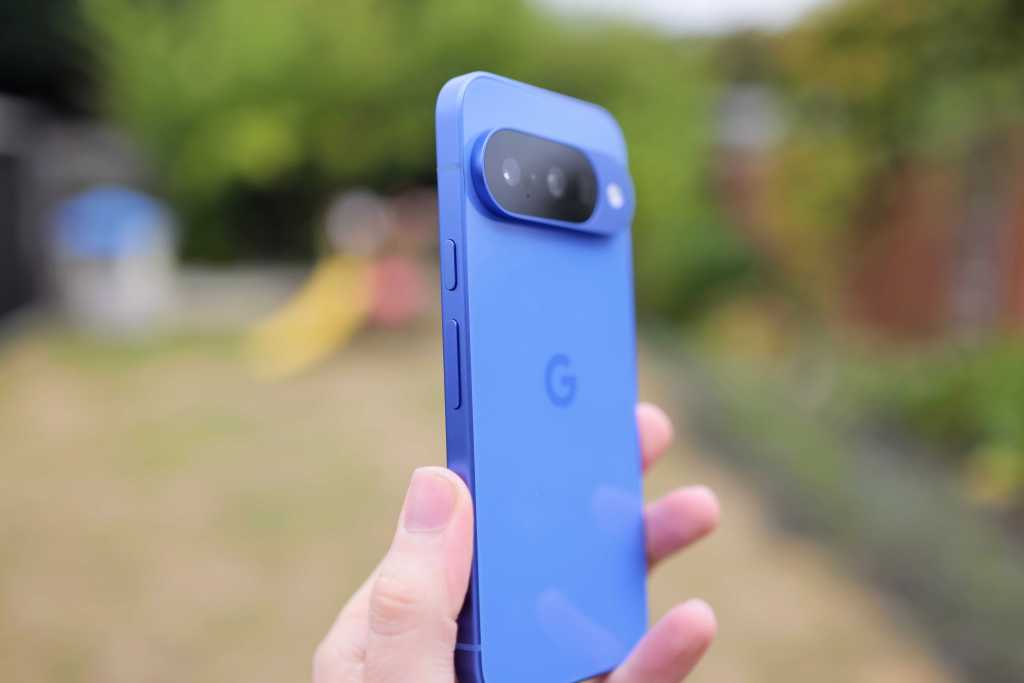
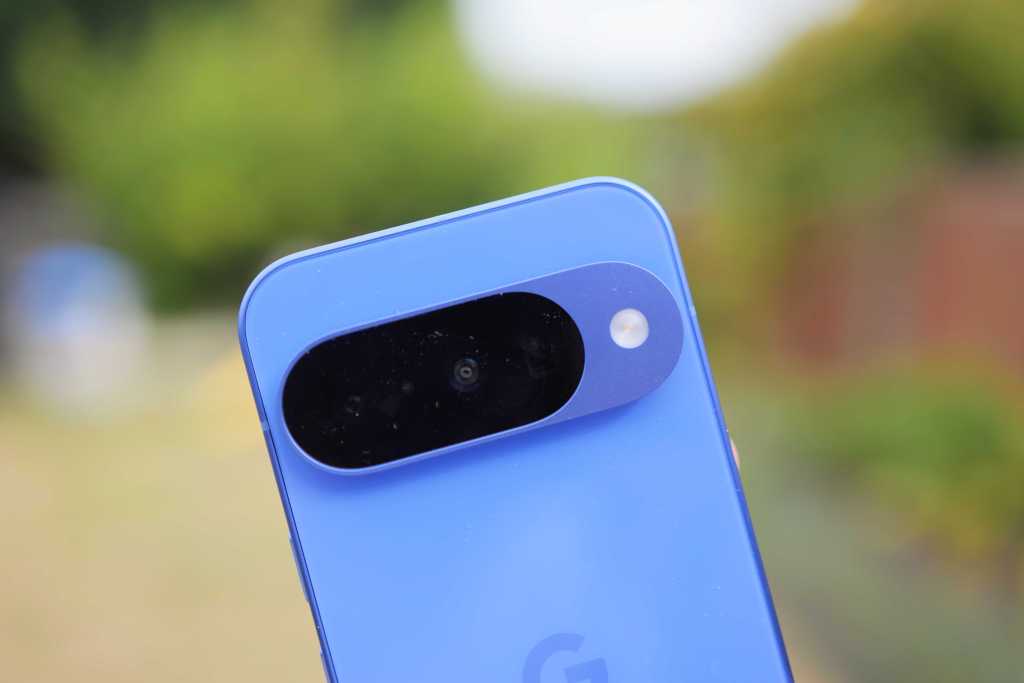
That impression of smoothness is helped by the 120Hz Actua display, which keeps swiping and scrolling feeling snappy. Combined with the upgraded storage speeds (UFS 4.0 on the higher-capacity models), the Pixel 10 never hesitates, whether you’re gaming, juggling multiple apps, or leaning on Google’s AI features in the background.
In 2025, I feel 128GB of base storage feels tight, but it’s not just the Pixel 10 – Apple’s iPhone 16 is in the same boat.
Battery life is another area where the Pixel 10 delivers. The 4970mAh cell comfortably lasts through a full day, even with heavy use. I tested it both at home, where it breezed through video calls and streaming, and out in town, where it handled Google Maps navigation, Google Pay transactions, and plenty of Instagram scrolling on the train without complaint.
You’ll still want to charge overnight if you’re a particularly heavy user, but for most people it’s a true all-day phone.
Charging speeds have also improved. Using Google’s 30W wired charger, you can expect to hit around 55% in half an hour, which is a noticeable step up from previous generations. Wireless charging is supported via Google’s new Pixelsnap magnetic system, delivering up to 15W on a standard Pixel 10. While it’s not quite as fast as the Pro XL’s upgraded 25W Qi2.2 support, it’s still quick enough for convenient top-ups throughout the day.
Google Pixel 10 Verdict
The Pixel 10 proves that you don’t need to splurge on the Pro model to get a flagship-level experience. Over a week of use, it impressed with a refined design, solid build quality, and thoughtful details like the satin-finish frame, glossy glass back, and a symmetrical camera bar that keeps it stable on flat surfaces. The 6.3in Actua OLED display is bright, sharp, and vibrant, with 120Hz smoothness and excellent outdoor visibility, while the dual speakers deliver surprisingly full, clear audio for everyday media.
Performance is smooth and responsive thanks to the Tensor G5 chip and 12GB of RAM. Multitasking, AI features like Magic Cue, and Pro-level camera processing all run without hiccups. Battery life comfortably lasts a full day, and faster 30W wired charging plus 15W PixelSnap wireless support make topping up painless.
The camera setup has made a huge leap, adding a 5x telephoto alongside wide and ultrawide lenses, and AI tools like Auto Best Take and Camera Coach elevate everyday shooting. Android 15 with Gemini AI feels smarter and more personal than ever, while Pixel-exclusive apps and seven years of updates add long-term value.
All told, the Pixel 10 delivers most of the Pro experience in a more accessible, highly desirable package.
Stuff Verdict
The Pixel 10 delivers nearly all the flagship experience of the Pro model, with a refined design, a bright 6.3in display, strong performance, and versatile cameras, all at a more accessible price.
Pros
- Refined, premium design with solid build quality
- Bright, sharp 6.3in Actua OLED display with 120Hz refresh
- Versatile camera system with telephoto, ultrawide, and AI features
Cons
- Base 128GB storage feels tight in 2025
- Wireless charging isn’t as fast as the Pro models
Google Pixel 10 technical specifications
| Screen | 6.3in Actua Display, 3000 Nits, 60-120Hz |
| CPU | Google Tensor G5 |
| Memory | 12GB RAM |
| Cameras | 48MP Main + 12MP Ultrawide + 10.8MP Telephoto (rear) 10.5MP (front) |
| Storage | 128GB / 256GB |
| Operating System | Android 15 |
| Battery | 4970 mAh |
| Dimensions | 152.8 x 72 x 8.6 mm / 6.02 x 2.83 x 0.34 in |
| Weight | 204 g / 7.20 oz |

